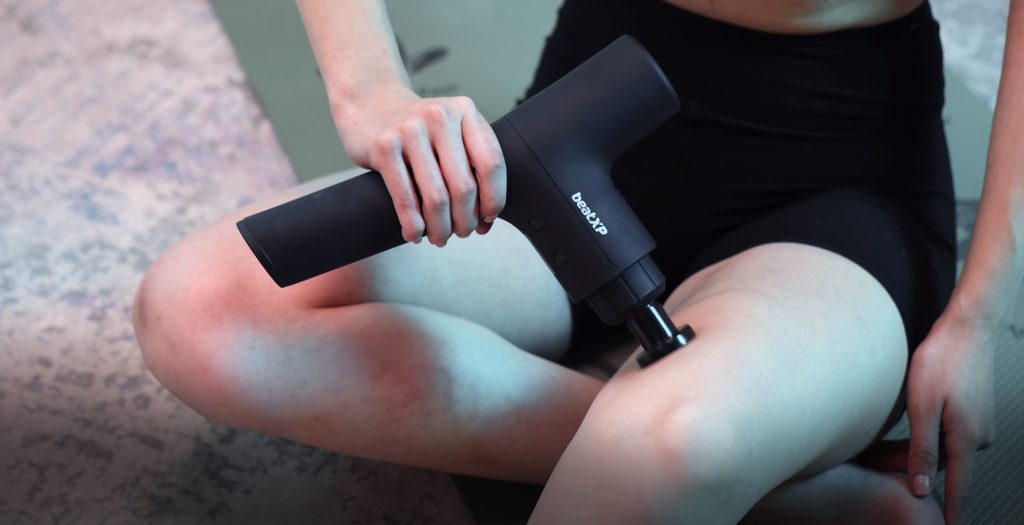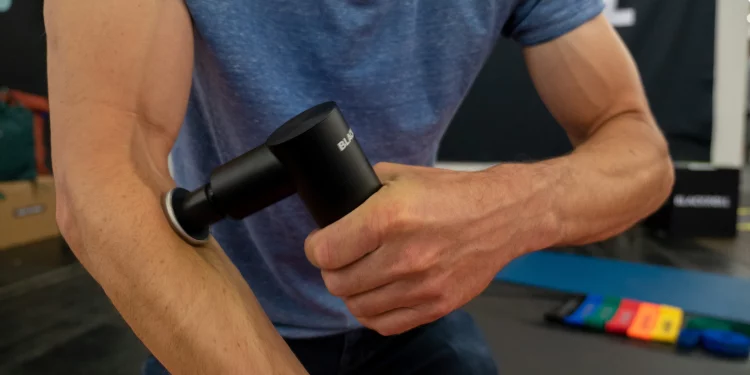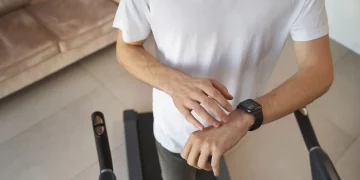When it comes to fitness, most people focus on the training aspect—pushing their bodies through rigorous workouts to build strength, endurance, and performance. But in recent years, there’s been a growing emphasis on recovery, with an increasing number of tools and techniques promising faster healing and better results. Among the most popular recovery methods are foam rolling, massage guns, and red light therapy. But the question remains: Is recovery truly more important than the workout itself? And can these recovery methods actually deliver the benefits they claim?
This article delves into the importance of recovery in fitness, explores the science behind popular recovery tools, and examines whether they’re genuinely effective or just another fitness trend.
Why Is Recovery So Important?
Before we dive into specific recovery tools, it’s essential to understand why recovery is just as critical, if not more so, than the workout itself. Here’s why:
- Muscle Repair and Growth: During exercise, especially strength training, muscles experience tiny tears that need time to repair. It’s during this recovery phase that muscles actually grow stronger. Without proper recovery, the muscles do not have enough time to rebuild, leading to fatigue, injury, and overtraining.
- Injury Prevention: Overuse injuries are common in athletes and fitness enthusiasts who neglect recovery. Adequate rest allows tissues, joints, and ligaments to heal, preventing overstrain and chronic injuries.
- Restores Energy: Intense physical activity depletes energy stores (glycogen) in muscles. Rest and nutrition help replenish these stores, making the body ready for the next session.
- Reduces Mental Fatigue: Physical exertion is linked to mental fatigue as well. Recovery allows for both physical and psychological restoration, reducing burnout and keeping motivation high.
In short, training without proper recovery can be counterproductive, leading to stagnation, fatigue, and injury.
Popular Recovery Tools: The Role of Foam Rollers, Massage Guns, and Red Light Therapy
1. Foam Rollers: Self-Myofascial Release (SMR)
Foam rolling, or self-myofascial release (SMR), involves using a foam roller to apply pressure to the body’s soft tissues, aiming to relieve muscle tightness, improve flexibility, and enhance circulation.
- How it works: The technique targets the fascia, the connective tissue that surrounds muscles. When fascia becomes tight or restricted, it can lead to discomfort, stiffness, and pain. Foam rolling aims to loosen up the fascia and release muscle knots (known as “trigger points”).
- Benefits: Foam rolling has been shown to temporarily increase flexibility, reduce muscle soreness, and improve circulation. Research suggests that it can improve range of motion and muscle recovery by promoting blood flow to affected areas.
- Credibility: While foam rolling is widely used and generally considered safe, the scientific evidence for its long-term benefits is mixed. Some studies indicate that foam rolling can reduce post-workout soreness (DOMS – delayed onset muscle soreness), while others show limited effects. However, many athletes and trainers swear by it as part of their recovery routine.
2. Massage Guns: Percussive Therapy
Massage guns, such as Theragun and Hypervolt, are handheld devices that deliver rapid bursts of pressure to the muscles, offering percussive therapy. They’ve become a staple for athletes and fitness enthusiasts looking to relieve muscle tension and improve circulation.
- How it works: The idea behind percussive therapy is that it helps to break up muscle knots, increase blood flow, and enhance recovery. The device uses high-frequency vibrations or percussive motions to massage the muscles, promoting relaxation and reducing stiffness.
- Benefits: Studies suggest that massage guns can help reduce muscle soreness, improve flexibility, and increase muscle recovery speed. They’re also believed to help lower stress and anxiety by triggering a relaxation response in the body.
- Credibility: Percussive therapy has become increasingly popular in recent years, and while many studies support its effectiveness in reducing muscle soreness and improving recovery, it’s important to note that these tools are not a substitute for proper stretching and rest. They can be helpful for addressing localized muscle tightness or pain, but they’re most effective when used as part of a broader recovery strategy.
3. Red Light Therapy (Low-Level Laser Therapy – LLLT)
Red light therapy (also known as photobiomodulation) involves exposing the body to low-wavelength red light or near-infrared light. This therapy is believed to penetrate the skin and stimulate cellular processes that promote healing and reduce inflammation.
- How it works: The red or near-infrared light is absorbed by the mitochondria in the cells, which are responsible for producing energy. This process is thought to improve cellular function, accelerate tissue repair, reduce inflammation, and promote muscle recovery.
- Benefits: Research on red light therapy has shown promising results in reducing muscle soreness, promoting wound healing, and reducing inflammation. It is also commonly used in physical therapy to speed up recovery after surgery or injury.
- Credibility: While red light therapy has shown benefits in clinical studies, its effects on general recovery and fitness are still being explored. It’s a relatively new treatment in the mainstream fitness world, but preliminary studies suggest it can be effective for reducing muscle inflammation, pain, and fatigue.

Recovery vs. Training: Which Matters More?
So, is recovery more important than training itself? The answer is nuanced:
- Balance is key: Both training and recovery are crucial for progress. Overemphasis on one at the expense of the other can lead to suboptimal results. Consistent, well-structured training combined with adequate recovery enhances performance, strength, and endurance over time.
- Train smarter, not harder: Intense workouts followed by insufficient recovery can lead to burnout, injury, and diminishing returns. On the other hand, giving the body time to heal and repair after each session will maximize training results. Recovery allows the body to adapt, rebuild, and become stronger.
- Listen to your body: Recovery isn’t just about external tools; it’s about giving your body the time and resources it needs to repair. Sleep, nutrition, and hydration are just as crucial as the physical recovery techniques you choose to use.
Conclusion: Should You Use Foam Rollers, Massage Guns, or Red Light Therapy?
All of these recovery methods—foam rollers, massage guns, and red light therapy—have their place in a well-rounded fitness routine. They are not magic solutions but can be effective tools when used correctly:
- Foam rolling is an excellent way to release muscle tension and improve flexibility.
- Massage guns offer an efficient way to target muscle soreness and enhance recovery, particularly after intense exercise.
- Red light therapy shows promise in reducing inflammation and speeding up muscle recovery, though its effects are still being studied.
Ultimately, recovery should never be an afterthought. It’s just as important as the training itself. Proper rest, nutrition, and targeted recovery techniques can make the difference between plateauing and achieving new personal bests in fitness. If you incorporate these recovery tools into a balanced regimen, they can help you recover faster, train harder, and perform better.












































